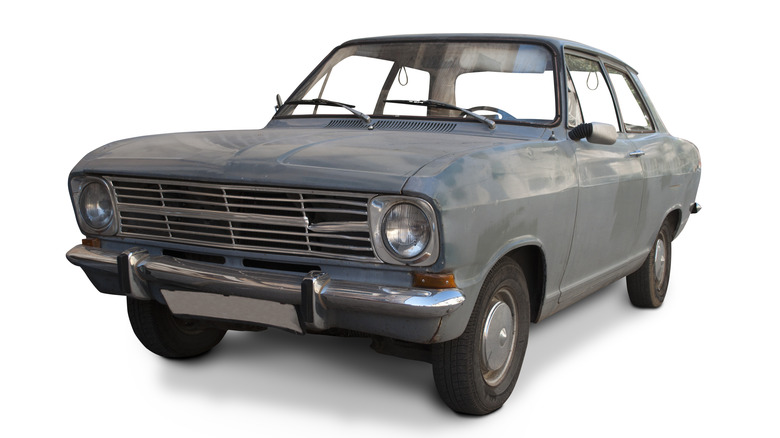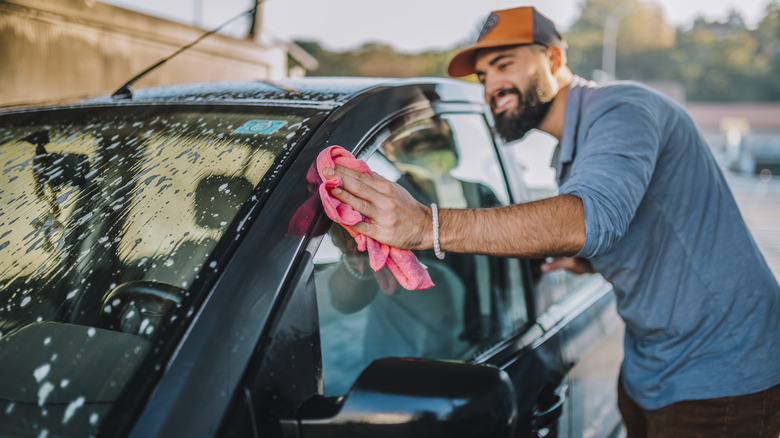
Despite having a name that implies a singular function, engine degreasers can do more than just deal with grease. Particularly in the case of WD-40. Protection against rust, lubrication for stuck hinges and other moving parts, and even cleaning can benefit from the careful application of degreasers. Though, as with all chemicals like this, the effects vary based on concentration and the materials they come into contact with. Like, say, a car’s paint.
Products are available — click below to view them!
SEE DETAILSWhether or not a given degreaser is safe to use on car exteriors depends on a few things. Some degreasers like Purple Power claim to be safe for car exteriors. But while the product listing includes car exteriors in its “Highlights” section, the company also states that using it to wash your car could destroy the clear coat or paint. On the other hand, Gunk heavy-duty gel specifically says it’s safe on under-hood paint and Simple Green says it’s “gentle enough for delicate car surfaces.”
Don’t assume your paint is safe

It’s safer to assume that any degreaser you’re using should be kept away from your car’s exterior. Or at least keep contact with painted surfaces to a minimum — as in, clean the area off immediately if any accidentally gets on there. Even degreasers that advertise being safe for car exteriors or paint should be treated with caution.
In general, you’ll want to avoid spilling or purposely using harsh chemicals like WD-40 on any of a car’s painted surfaces. However, TurtleWax points out that even mild degreasers could affect a paint job. Not by damaging the paint, but by stripping away the wax finish — which greatly reduces the amount of protection the paint (and even the clear coat) has against the sun, harsh temperatures, and other outdoor elements.
Stripping off part of a wax coating is more of a best-case scenario, though. Stronger degreasers could chew through the wax, the clear coat, and possibly the paint itself. If a degreaser isn’t residue-free, it could end up staining the finish outright or cause the paint to fade in spots.
What to do if the degreaser gets on paint

The most important factor when it comes to degreaser (of any kind) ending up on your car’s exterior is time. The longer the substance or residue is left there, the worse it is for your paint job.
Tough degreasers that don’t claim to be exterior, or paint safe should be cleaned off of the surface immediately with water, as it will dilute the chemicals and keep them from causing severe damage — do not give the degreaser any time to dry. Once the degreaser is washed off, inspect the area for scratches or stains and address them as necessary.
You don’t want to let more mild degreasers that claim to be “safe” on exteriors and paint dry on the car’s painted surfaces, either. Even in the case where they’re intentionally being used to remove an old wax layer in preparation for a new one. As with stronger degreasers it’s best to rinse it off quickly then apply a fresh coat of wax. And if the paint itself ends up being damaged or stained by a degreaser, you’re probably going to have to take your car in for a professional touch-up.
Really the best way to eliminate worries about engine degreaser possibly wrecking your car’s paint is to protect everything in advance. Preemptively cover any areas that are close to the components you’re going to be degreasing, including spots where you might be reaching over or across. That way, any plops or oversprays won’t actually touch the painted surfaces.










